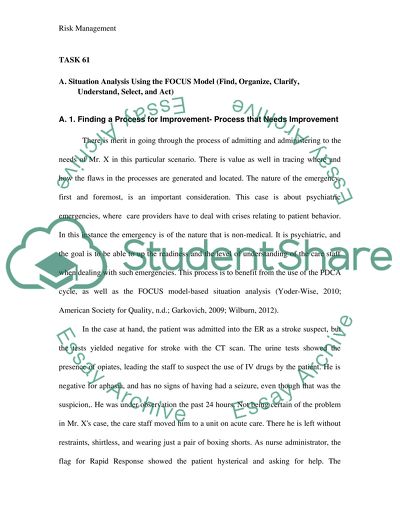Cite this document
(“Risk management Research Paper Example | Topics and Well Written Essays - 3250 words”, n.d.)
Risk management Research Paper Example | Topics and Well Written Essays - 3250 words. Retrieved from https://studentshare.org/nursing/1613550-risk-management
Risk management Research Paper Example | Topics and Well Written Essays - 3250 words. Retrieved from https://studentshare.org/nursing/1613550-risk-management
(Risk Management Research Paper Example | Topics and Well Written Essays - 3250 Words)
Risk Management Research Paper Example | Topics and Well Written Essays - 3250 Words. https://studentshare.org/nursing/1613550-risk-management.
Risk Management Research Paper Example | Topics and Well Written Essays - 3250 Words. https://studentshare.org/nursing/1613550-risk-management.
“Risk Management Research Paper Example | Topics and Well Written Essays - 3250 Words”, n.d. https://studentshare.org/nursing/1613550-risk-management.


